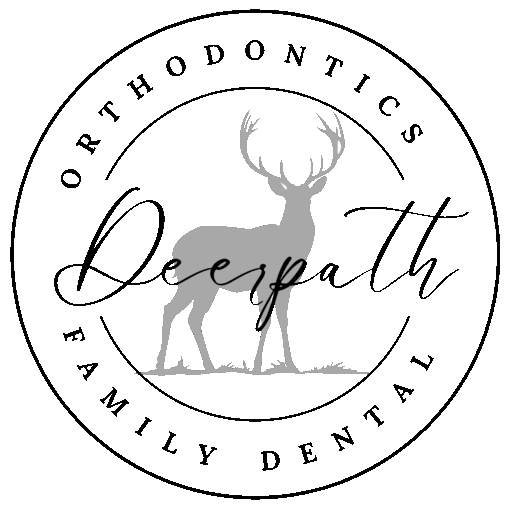
Early Orthodontic Treatment: Why Timing Matters
Early orthodontic treatment, often referred to as Phase 1 treatment, typically begins between the ages of 7 and 10. At this stage, a child’s jaw is still growing, making it an ideal time to address issues such as crowding, bite problems, or jaw misalignment before they become more complex. Early intervention can guide jaw growth, create space for incoming permanent teeth, and help prevent the need for more invasive treatments later on.
While not every child needs early orthodontics, a consultation with an orthodontist can identify potential concerns before they develop into bigger issues. By intervening at the right time, early treatment can lead to shorter treatment duration in the teen years and improved overall outcomes. It’s a proactive step toward a healthier, more confident smile.
Orthodontic Evaluations:Timing for Healthy Growth
The American Association of Orthodontists recommends that children have their first orthodontic evaluation by age 7. At this age, an orthodontist can identify early signs of potential problems and determine whether early intervention is needed. This timely checkup helps prevent more serious issues and guides the growth of the jaws and teeth for better alignment.
Early evaluations allow orthodontists to create a personalized treatment plan tailored to your child’s unique needs. Addressing concerns early can simplify or even eliminate the need for more extensive treatment later. Plus, it gives families peace of mind knowing that their child’s smile is on the right track for healthy development.
Shorter Treatment
Early orthodontic care can shorten how long braces are needed later.
Avoid Surgery
Intervention can prevent extractions or jaw surgery down the road.
Proper Growth
Helps ensure jaws and teeth develop in the right position on time.
Popular Questions
01At what age should my child have their first orthodontic checkup?
The American Association of Orthodontists recommends that children have their first orthodontic evaluation by age 7.
02How does early treatment benefit my child?
It can reduce the complexity and length of future treatments, prevent extractions or surgery, and guide proper jaw and teeth development.
03What types of appliances are used in early treatment?
Common appliances include expanders, partial braces, and habit-breaking devices designed to correct specific issues.
04How long does early orthodontic treatment usually last?
Treatment length varies but typically lasts between 6 months to 1 year, followed by a rest period before full braces or aligners if needed.
05Can early treatment prevent the need for braces later?
In some cases, early treatment can reduce or even eliminate the need for full braces during adolescence.
06How do I know if my child is a good candidate for early treatment?
An orthodontic evaluation can assess your child’s development and recommend if early intervention would be beneficial.

